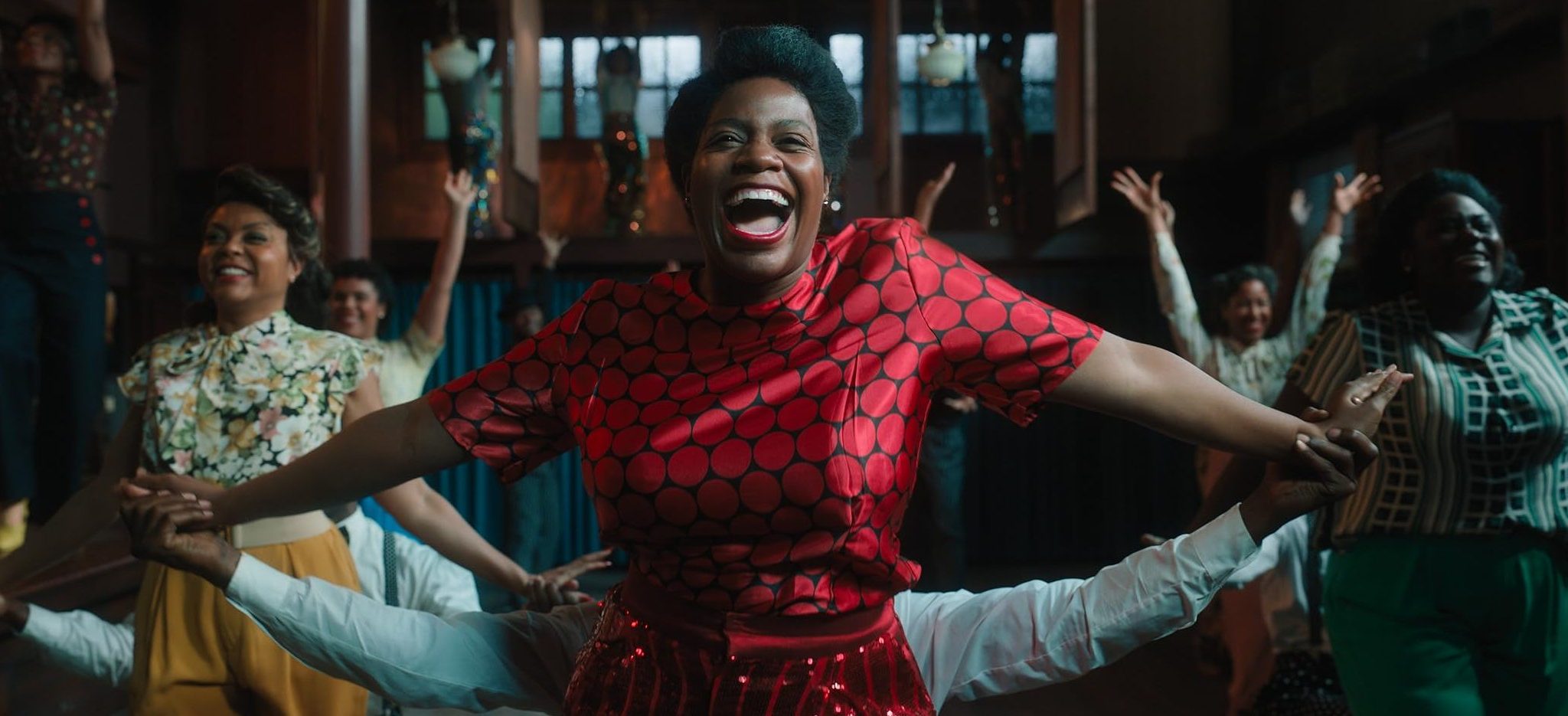Blitz Bazawule’s ‘The Color Purple’ is a period drama film that explores a significant period in African-American history through the eyes of the protagonist Celie Harris-Johnson. Celie lives in a time and place where black women have to fear not only the white people who discriminate against them but also the black men who use their patriarchal position to abuse and hurt their wives and daughters alike. Celie is a direct or indirect victim of both racism and male dominance. The movie is an adaptation of Alice Walker’s novel of the same name. The book depicts what it meant to be a black woman decades ago! SPOILERS AHEAD.
The Era of Male Dominance and Jim Crow Laws
‘The Color Purple’ is set in the first half of the 20th century, starting from the year 1909. The era is infamous for the dominance of patriarchal notions and Jim Crow laws in the country. Celie grows up as a black woman who hasn’t received the fruits of the first wave of feminism, which is criticized for being a white-dominant movement. The African-American women suffered immensely during the time as they were treated no better than animals in certain households. In Albert “Mister” Johnson’s household, Celie is reduced to a mere body that is expected to do all the work and satisfy the sexual cravings of her husband.

Celie is denied every right any individual should possess. She gets forced to silently accept the beatings of Albert, who doesn’t even allow her to read the letters of her sister Nettie. The film also depicts the severity of racism that was present in the first half of the 20th century. When a white person sees a contented black individual like Sofia, the instinct is to make the latter subservient to the former. That’s the reason why the wife of the mayor forces Sofia to be her housemaid and lets her rot in prison for six long years. Celie, who goes to see her friend every week, has to close the eyes of Sofia’s stepchildren to not let them watch their stepmother getting beaten up by white people.
Through Nettie’s life in Africa, the movie also sheds light on the colonization of Africa by European nations, mainly Britain as far as the period drama is concerned. Nettie confronts the horrors of colonization as British soldiers destroy African tribal villages. In reality, nearly 90% of the African continent was under the control of European nations by 1914.
From Georgia to Africa
‘The Color Purple’ is mainly set in Georgia. The film and its source novel depict how African Americans lived in the Southern United States under Jim Crow laws. Walker must have chosen Georgia as the particular setting because she was born and raised in the same state. Her characters are deeply rooted in the way black women lived around her in reality. Walker was born into a Georgian family of sharecroppers and her grandmother Rachel experienced several of the atrocities Celie confronts in the novel and the coming-of-age movie.

A significant portion of the film is set in the city of Memphis, Tennessee. Memphis represents emotional, physical, and sexual freedom for Celie. After suffering severe hardships while living in an obscure town, the journey to the city helps Celie regain herself from the clutches of Albert, her husband. In Shug Avery’s house in Memphis, she can celebrate her birthday with people who are genuinely happy for her, which is different from Albert’s house, which is nothing less than hell for her.
Similarly, Africa represents the richness of black culture. Celie and Nettie were born and raised in a place where being black means hardships. The laws of the time and place segregate Nettie and fellow African Americans, making them feel that they are inferior. However, after ending up in Africa, Nettie realizes that her culture and heritage are immensely rich, which makes her proud of herself for being a black woman.
Read More: Do Celie and Shug Sleep Together in The Color Purple? Are They Gay?

